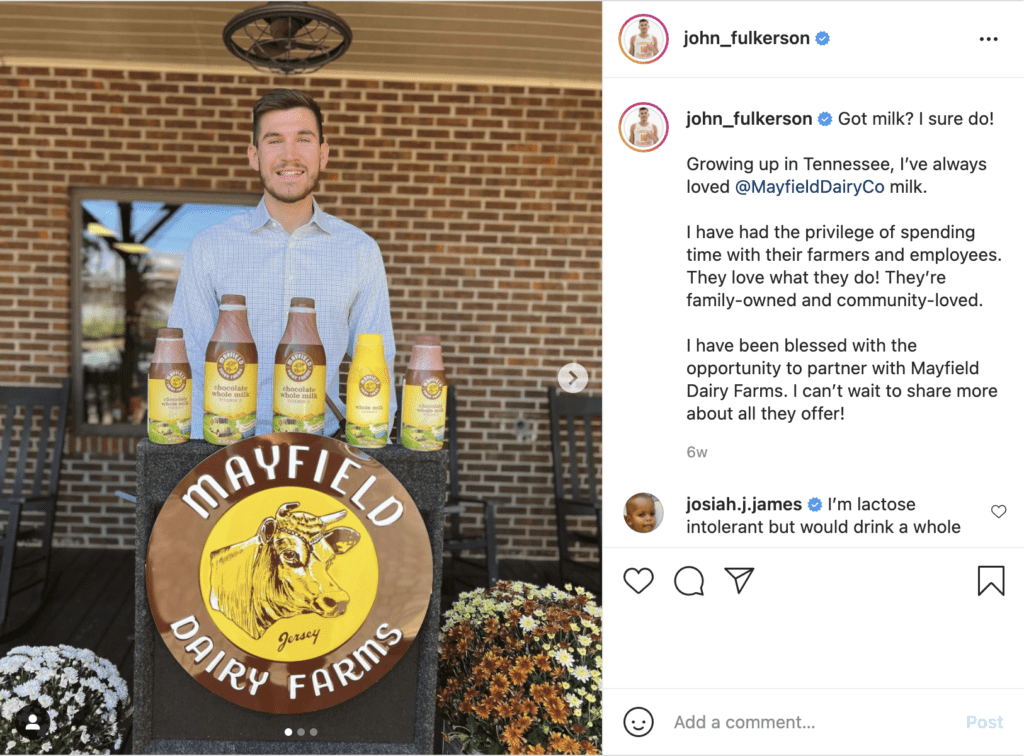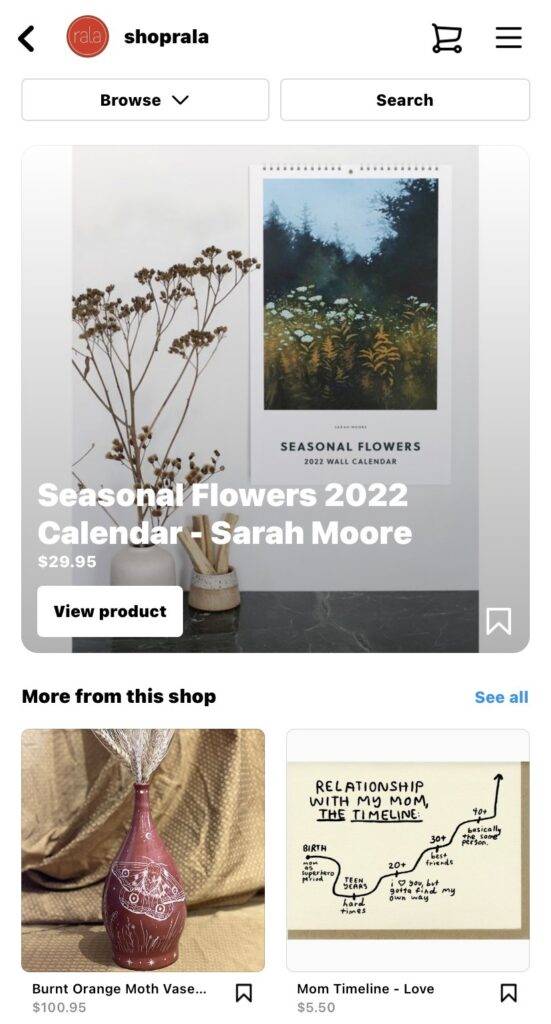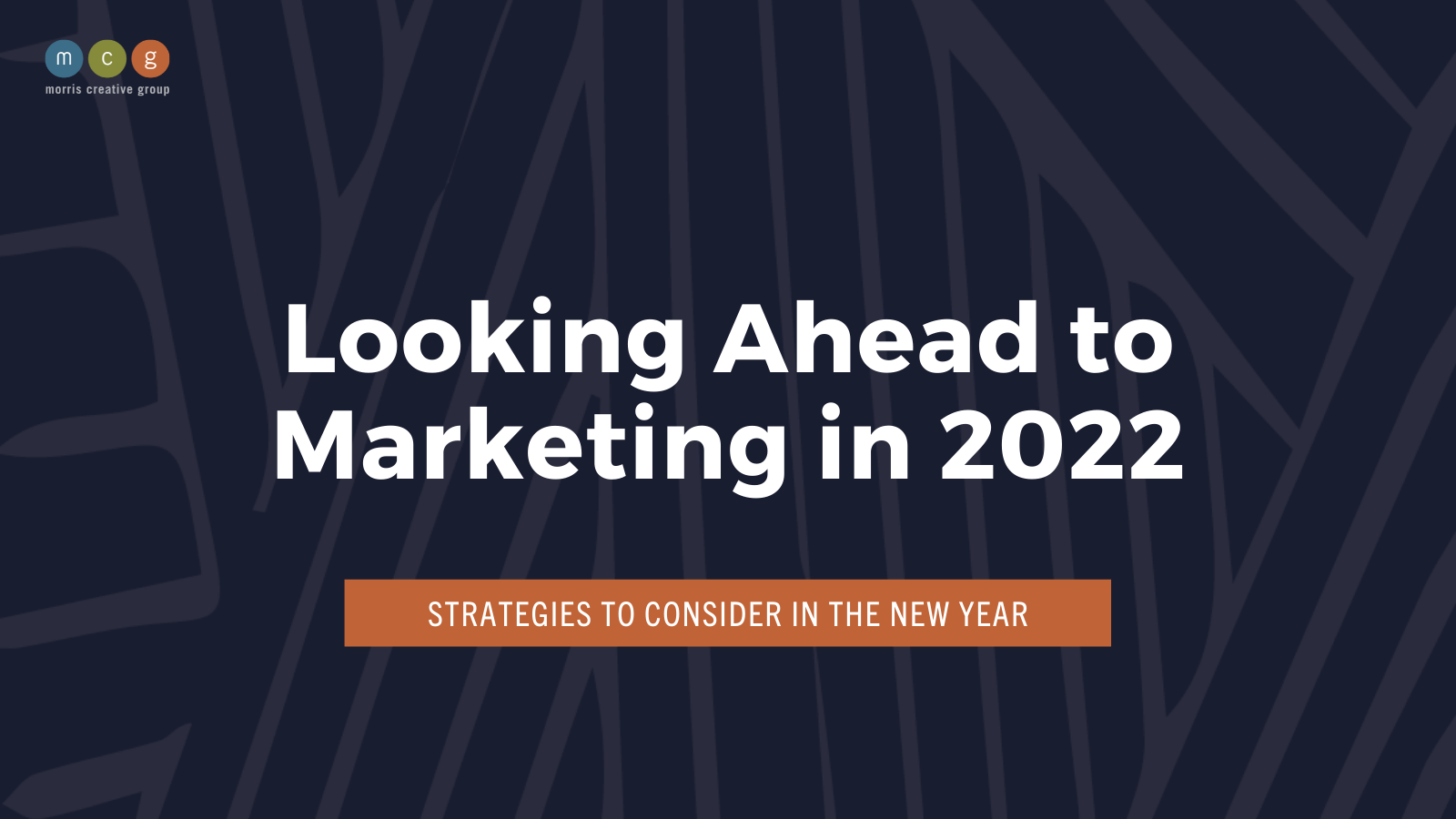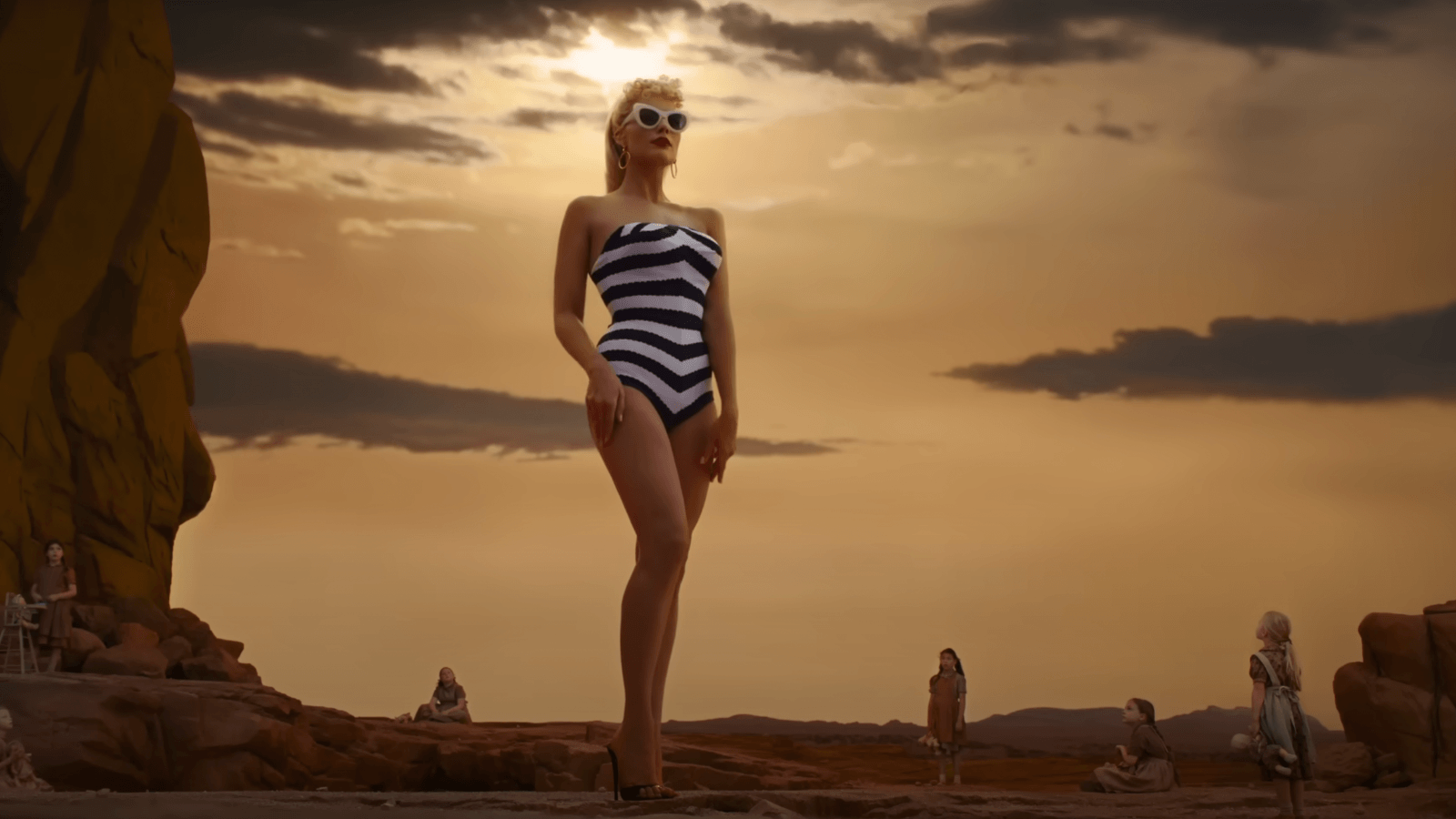Looking Ahead to Marketing in 2022
The last two years have sparked innovation across the world, including the marketing industry. With the rise in e-commerce, the explosion of TikTok, the rise of virtual events, and the various other adaptations to life we’ve implemented, this year has definitely kept us on our toes.
As 2021 comes to an end, we can reflect on the marketing trends it brought, and look ahead to how they will fit into 2022 strategies. Naturally, many trends will continue into the new year and evolve with time. Plus, new trends are likely to emerge – and that’s part of the fun!
Consumer Expectations
Consumer expectations have evolved over recent years, specifically with the rise in purchasing power from Generation Z. Consumers now expect authenticity and transparency from the brands they support. And even more than that, they want to have a relationship with them. Brand storytelling is arguably more important than ever, and marketers should be optimistic about the opportunities this creates. As we discussed in a previous blog post, having a strong brand identity makes you more memorable and share-worthy (both of which are extremely important in today’s dynamic, competitive environment).


Influencers
Despite the pandemic’s impact on businesses everywhere, the influencer marketing spend is expected to reach $13.8 billion by the end of the year. For comparison, influencer marketing spend was roughly $9.7 billion in 2020. Partnerships with influencers allow your brand to reach people that you might not otherwise, and can put your message in front of the people that matter most to your organization. Let’s say you have a super niche product — wouldn’t you want to connect with the people that are most interested? Now more than ever, brands are giving influencers creative freedom for these campaigns by ditching traditional scripted messaging and cheesy product placement shots. Brand deals are also now utilizing short form video, such as TikTok or Instagram Reels, for more integrated yet engaging content. This will only continue to grow as increasingly more brands — and social platforms themselves — realize the power of video.
Not all influencers have to be fashion bloggers or gamers, though. Thanks to the Name, Image, Likeness (NIL) changes by the NCAA in 2021, businesses can now partner with college athletes for endorsement deals. These partnerships can implement fun and unique components like meet-and-greet events, public appearances and exclusive merchandise collaborations — all of which can now be done legally under the new legislation. NIL deals have already shown to improve your brand’s reach — including for businesses right here in East Tennessee.


Shoppable Social Media Content
Folks, social commerce is here to stay. Social commerce, as defined by HubSpot, is “visual commerce in which marketers use compelling imagery (often formulated in a storytelling format) with actionable purchase points or product recommendations, streamlining the conversion path from browsing to purchase.” This easy, convenient way to shop is only going to grow, thanks to platforms integrating shoppable features. Facebook, Instagram, Pinterest, TikTok, Snapchat, and now even Twitter, have now moved into shoppable content and ads. Because consumers are becoming accustomed to this new ease of purchasing, marketers must understand how to successfully integrate shoppable content within their social strategy.


There’s no way of knowing exactly what tomorrow brings. But as marketers, we’re constantly staying up to date on trends and best practices in order to deliver the best results possible. And while these three strategies won’t be the only things happening in 2022, they are definitely things to consider. If you’re looking for unique solutions, contact one of our team members to schedule a no-obligation consultation.









